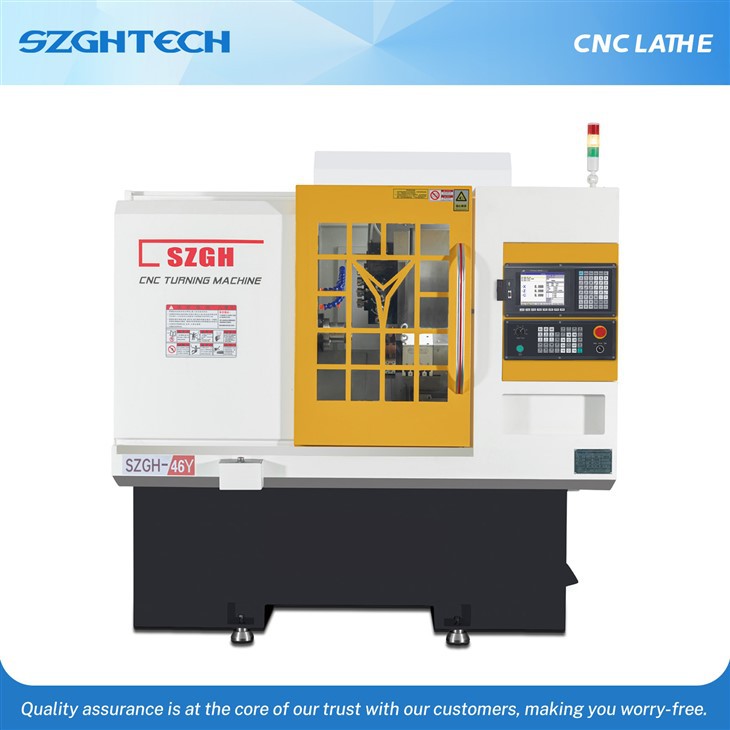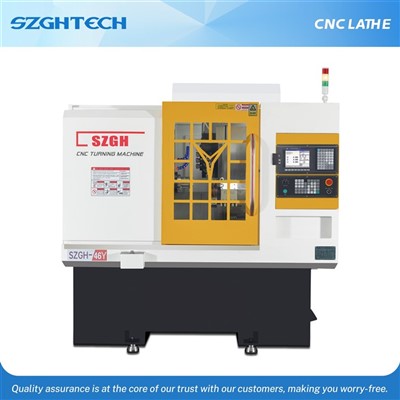SZGH 130 motor (1.5KW) Configuration The X-axis and Z-axis drives of the SZGH-46Y-axis milling machine tool use SZGH 130 motors. The X-axis is equipped with a brake device, while the Z-axis is not. The brake device of the X-axis can effectively avoid vibration and errors generated when stopping, and improve processing accuracy and stability. The lack of brakes on the Z-axis reduces the complexity of the system and is suitable for processing requirements that require higher speeds.
High-power spindle servo motor (5.5KW) The spindle servo motor of this machine tool has a power of up to 5.5KW, which can provide enough power for efficient cutting and complex processing tasks. The high power of the spindle enables the machine tool to run stably at a higher speed, which is suitable for the needs of precision processing and efficient processing.







